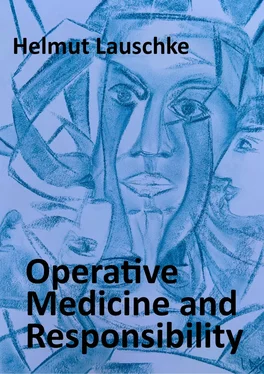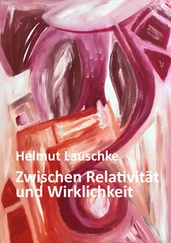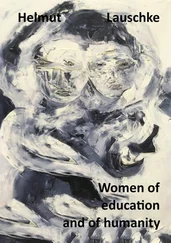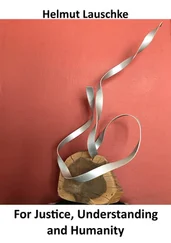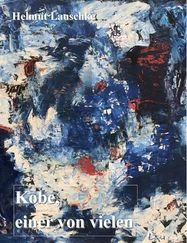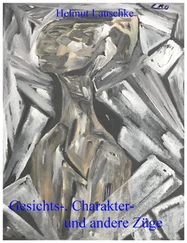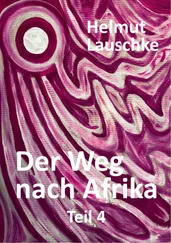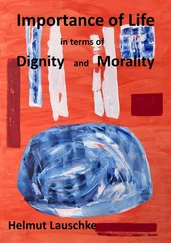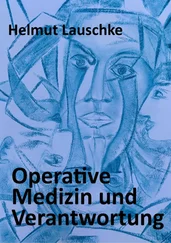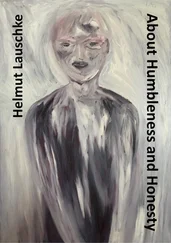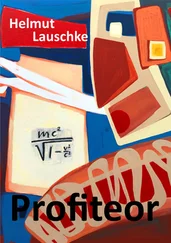So time (for Augustine) is real and not ego time, since God created it. Augustine's concept of time is therefore subject-immanent, but not subjectively limited.
In contrast, Plato (428-348 BC) sees time as an objective phenomenon that can be measured by the movement of the heavenly bodies, including the movement of the day between sunrise and sunset. On the other hand, Augustine argues that “when a body moves, [we measure the movement over time], how long the body moves from the beginning to the end of the movement, [...] because a body only moves in and with the time and does not represent the essence of time itself. Even if the body does not move, we are able to measure the standstill and say something about the duration of the standstill. That is why movement in and with time is different from time itself.
So body movement is not the same as time, even if the movement is measurable in time. Time can only be understood as the carrier of all thought and action.
Communication: It is communication among people or between people and things, in which the time, observable and measurable on the clock, emerges from the shell of the surrounding world or the cloak of timelessness and into life without the outstretched hands of this piece of time be able to grasp or hold on. There are expressions and impressions of the linguistic and physical movement, the piece of time from the timelessness "Cut out" movement association, without therefore recognizing the authenticity of time and being able to define it in its endlessness.
Communication takes place in and through time. It is the communication space with the ‘street’, medium and reason for the cause beyond the limit of being into timelessness. In communication, thinking and doing connect the present time with that which results and emerges from it. Since there is no message from eternity as timelessness in the intellectual sense, the hypothetical assumption cannot be poured into an intellectually comprehensible object, or shaped or transformed.
Mathematically straight thinking shortens the way to the origin of the problem in philosophy. In philosophical work, theory and practice go separate. Bioethics as part of philosophy teaches which values conflict with each other in situations of serious illness, by analyzing the terms “autonomy”, “suffering” and “right to life” more precisely in order to get the necessary orientation in this area.
Philosophy demands common sense, which is often not as healthy as it should be. Philosophy respects the mind. She asks why we as a mass tend to lean towards one side in this or that matter. Realization occurs when philosophy exposes when the way of thinking is incorrect.
The learner in philosophy learns that a problem is often more complex than it is initially assumed. The student may despair that the big questions of the fundamentals are being re-illuminated in different ways over and over again. The lesson is to break down the problems and look at them from different perspectives. The philosophy of ethics is part of the practical philosophy that answers questions about the good.
The shortened asymptote in the modern approach to philosophy and in philosophical thinking increases the vulnerability of philosophy in the sense of psychopathy (unscrupulous and manipulative personality without human compassion). Philosophy includes the science of the will to explore and know the truth. Being thrown into life with birth and being thrown into the horror of death are the two great central subject complexes where philosophy begins and shapes the length of a human life. It is the fear of being forced to make a decision about being that justifies the permanent question of the uncertainty of the temporality of life.
The philosophy of existence without the foundation of ethics and morals results in the social derailment with the loss of values and the fear of human loneliness and forlornness. The uncertainty lies in the knowledge and the knowledge of the truth and its time. The question of time is: Has philosophy lost its breadth and depth because things go haywire and the sense of order, law and justice is neither observed nor perceived or understood? Instead, the philosophy of the present time points more and more clearly to the lack of education and the weaknesses in decision-making and character in coping with everyday problems.
It is the indifference to the things and tasks of daily life that promotes the graying in the distortion of meaning and meaninglessness. There has been a decadence of thought and behavior because the facts are fundamentally different from what they are thought to be. Who wants and can be the tool to carry the words of wisdom through philosophy from time to eternity?
Time envelops, penetrates and holds the spirit of truth. Just as the eye does not see the truth, so the eye strives in vain to see time and respect its worth. Because time is truth, just as the truth is in time.
The essence of force remains invisible as an idea. Power becomes visible indirectly in what it causes. The essence of beauty, love and harmony can be guessed at. The essence can only be recognized indirectly by what it causes. So it is with the good and the bad, the true and the untrue, the great and the sublime compared to the small and the small-minded.
As far as being a doctor is concerned, it is the “building of bridges” from the healthy to the sick and vice versa and the bridge differences in the construction and the dismantling and structuring of their structural elements. Here, too, it is about understanding the simultaneity of what is happening with the physical-psychological and the mentally environmental-related delay.
The uncoupling of fear is the recognition of freedom in its ambiguity and the effects of its possibilities. This applies to the physically and mentally healthy person, who on the statistical average is to be regarded as a self-responsible individuality and also applies to social expansion.
That assumes that the autonomous ‘self-design’ is intellectually clearly determinable up to the pain threshold.
The lower part of the frontal lobe - the orbitofrontal cortex just behind the eyes - as well as parts of the temporal lobe, especially the amygdala, were barely active. These areas of the brain are centrally involved in the processing and generation of impulse control and moral behavior, fear and other emotions.
Mathematics in philosophy strives in its straight line thinking function to approximate the wholeness of truth. The degree of approximation depends on the degree of awareness and the state of health, which is in relation to the level of the "basic state".
The endeavor is that words are carried out of the truth in order to build with them the building of enlightenment and knowledge and to fill it philosophically. Philosophy has to deal with human fear and insecurity and the causes of general decline in education and human alienation. The foundations of being human have been shattered, broken and crumbled. Thinking has to break away from fears and insecurities in order to become a philosophy of freedom and liberation.
Being is not known in the totality of the disorder of being. Here the perplexity remains in the evaluation of being that it is the task of philosophy to contribute to the recognition and cognition of the ego in human existence. The pregnancy of the numbness of the sensory organs must be overcome in a state of decadence and irreversible moral decline in order to re-weigh and understand the values of education.
As far as thinking is concerned, philosophy has to assert itself over hurt and sick consciousness. The degeneracy of thinking lacks the ability to differentiate (indiscriminate) between good ’and bad’, which amounts to a blurring of the characteristics of fear and loss of form (morpholysis) in knowledge. The symptoms culminate in the characteristic of antipathetic sympathy or sympathetic antipathy of mind and fear, as if it were the principle of imprecision in the application of the elementary asymptotes in the philosophy of being. For the smallest units of matter are not physical objects in the ordinary sense of the word; they are forms, structures, or in the sense of Plato, ideas about which one can speak unequivocally only in the language of mathematics (Heisenberg). It was important for him to prove the unity of matter: All elementary particles can be converted into other particles in collisions with sufficient energy, i.e. simply generated from kinetic energy, and they can be converted into energy, e.g. transform into radiation. Heisenberg formulates: "All elementary particles are made of the same substance, made of the same substance, which we can now call energy or universal matter."
Читать дальше
